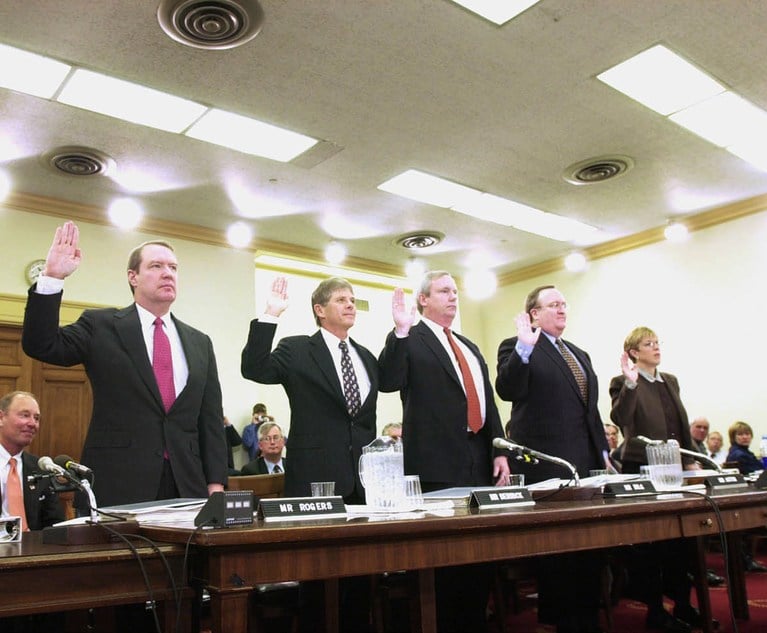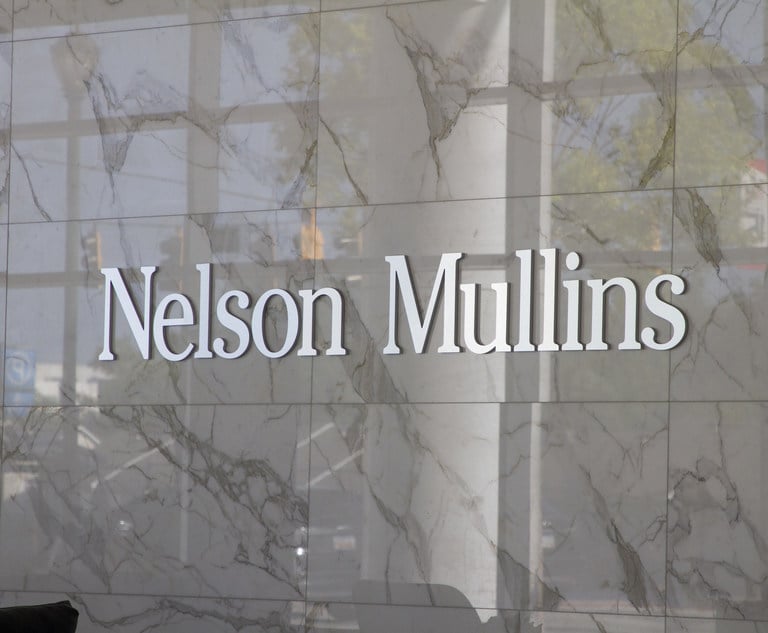Although you would be hard-pressed to find an adult today who has not at least heard of Enron Corp.’s collapse in 2001, decades of attorneys have passed through law school and into practice since its demise. Many of those have only a limited appreciation for the truly fundamental role that Enron played in reshaping the landscape of corporate governance and compliance. Instead, to the extent Enron is remembered in the collective conscience, it is usually in the context of some of the scandal’s most headline-grabbing aspects: being, at the time, the largest bankruptcy in history; causing the implosion of Arthur Anderson (and thus turning the “Big Five” accounting firms into the “Big Four”); and resulting in the criminal indictment and incarceration of a number of Enron executives.
The most fundamental—or at least, most publicly recognized—reaction to Enron was the passage of the Sarbanes–Oxley Act of 2002 (SOX). Describing Enron’s accounting practices as a “canary in the mineshaft,” Sen. Paul Sarbanes noted that the company’s “convoluted and often fraudulent accounting devices” were used “to inflate earnings, hide losses, and drive up their stock prices.” Enron’s subsequent collapse directly led to the bipartisan development of SOX’s heightened financial and disclosure controls. Moreover, over the course of the ensuing 20 years, the corporate governance guidelines embedded within SOX’s provisions have become “best practices” for both public and private companies.

 Enron lawyers get sworn in during a hearing on March 15, 2002. Photo: Stacey Cramp/ALM
Enron lawyers get sworn in during a hearing on March 15, 2002. Photo: Stacey Cramp/ALM







